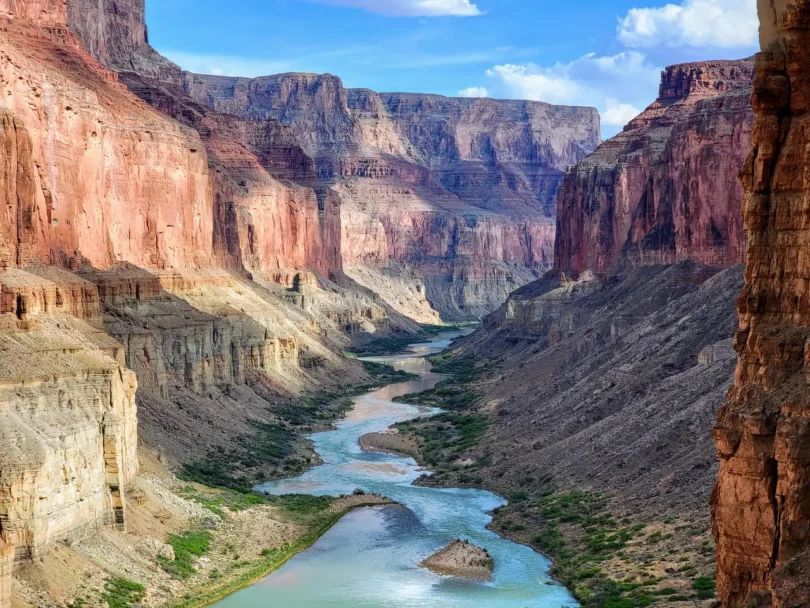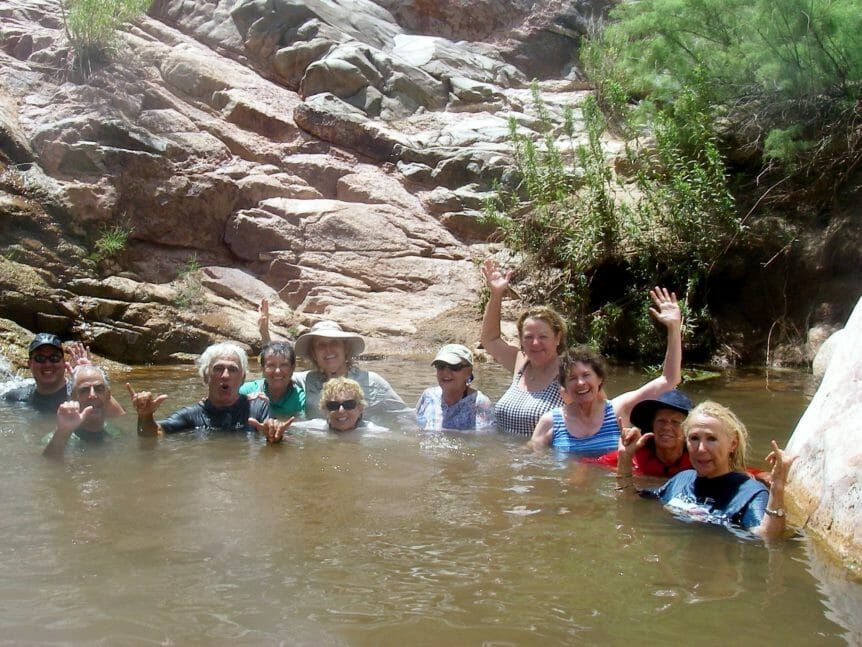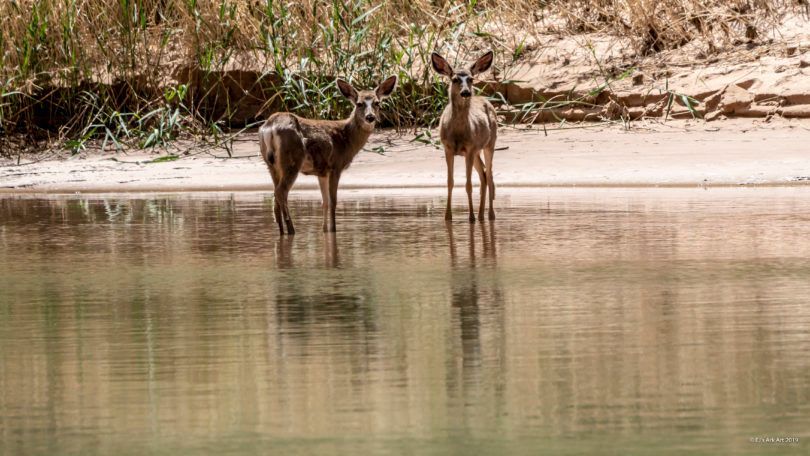Capturing the Canyon: Tips for River Photography
Light and shadow are the painter’s brushstrokes in the canvas of river photography, shaping the mood and atmosphere of your images. In the canyons, where sunlight dances on the water’s surface and creates intricate patterns of shadow, mastering the interplay of light is essential to capturing the essence of the landscape.
During different times of the day, the quality of light in the canyon changes, offering diverse opportunities for unique and evocative photographs. From the warm hues of sunrise casting a golden glow on the river to the dramatic shadows of sunset painting the cliffs in rich tones, each moment presents a chance to create visually stunning compositions.
As a river photographer, learning to work with natural light is a skill that can elevate your images to new heights. By understanding how light interacts with the canyon environment, you can accentuate textures, create depth, and infuse your photos with a sense of drama and beauty that captivates viewers.

Exploring the Beauty of Canyon River Photography
When it comes to river photography, there’s a magical allure to capturing the ever-flowing beauty of water bodies intertwined with majestic landscapes. The art of photographing rivers involves a unique blend of nature’s wonders and human creativity. Every ripple, every sunlit reflection, and every cascading waterfall tells a story waiting to be immortalized through your lens.
Standing at the edge of a canyon, camera in hand, the possibilities for capturing breathtaking river scenes are endless. From the tranquil flow of calm waters to the tumultuous rush of rapids cutting through rocky gorges, each shot offers a chance to freeze a moment of nature’s raw splendor in time. Exploring the canyons with a photographer’s eye unveils a world of photographic opportunities that beckon to be seized.
One of the most enchanting aspects of river photography is the way light plays upon the water’s surface, creating a dance of shadows and reflections. As the sun moves across the sky, the river transforms, offering an ever-changing canvas for photographers to capture. Learning to harness the interplay between light and water is key to unlocking the true beauty of river photography.
Choosing the Right Equipment for River Photography
Selecting the proper equipment is essential for any river photographer looking to capture stunning images. A sturdy DSLR or mirrorless camera with a variety of lenses can help you adapt to different river environments and lighting conditions. Additionally, investing in a good tripod is crucial for achieving sharp, long-exposure shots of flowing water or capturing the serene beauty of a calm river at sunrise.
When venturing into the canyons for photography, it’s important to pack light yet be prepared for any situation. Waterproof camera gear and protective cases are a must to shield your equipment from the elements, whether it’s the spray of a waterfall or the mist rising from the river. Being equipped with the right gear ensures you can focus on your craft without worrying about your tools.
Furthermore, don’t underestimate the power of accessories like polarizing filters to enhance your river shots. These filters can reduce glare, enhance colors, and cut through reflections, giving your photos a professional polish. By carefully selecting your tools, you can elevate your river photography from ordinary snapshots to extraordinary works of art.
In the world of river photography, adaptability is key. Being able to switch lenses quickly, adjust your settings on the fly, and navigate challenging terrain with ease are skills that will set you apart as a versatile photographer. By choosing the right equipment tailored to your photographic style, you can seamlessly capture the wonders of canyon rivers with precision and artistry.
Mastering Composition: Framing Your River Shots
Composition plays a crucial role in the art of river photography, guiding viewers’ eyes through your images and conveying the mood of the scene. When framing your shots in the canyon, consider the elements you want to highlight – whether it’s the convergence of water and rocks, the vast expanse of a river valley, or the play of light on the water’s surface.
To create visually compelling river photographs, explore different angles and perspectives to find the most captivating composition. Experiment with leading lines that draw the viewer into the image, framing techniques that emphasize the grandeur of the canyon, and points of interest that add depth and storytelling to your photos.
Playing with Light and Shadow: Enhancing River Photos
Editing Your River Masterpieces: Post-Processing Techniques
Post-processing is the final touch that brings your river photographs to life, refining them into polished masterpieces that reflect your creative vision. Whether you prefer subtle enhancements or bold artistic edits, editing software allows you to fine-tune every aspect of your images, from exposure and color balance to sharpness and contrast.
When editing river photos, aim to enhance the natural beauty of the landscape while staying true to the authenticity of the scene. Adjusting tones and highlights can bring out hidden details in shadows and highlights, while cropping and straightening tools help you refine the composition for maximum impact. With a deft hand and an artistic eye, post-processing can elevate your river photography to a whole new level of expression.
Experimenting with different editing styles and techniques is part of the creative journey in river photography. Whether you gravitate towards vibrant, saturated colors or a more subdued, monochromatic aesthetic, the editing process allows you to imprint your unique style on each image, creating a signature look that sets your work apart. By honing your skills in post-processing, you can transform raw captures into gallery-worthy pieces that captivate and inspire.
Light and shadow are the painter’s brushstrokes in the canvas of river photography, shaping the mood and atmosphere of your images. In the canyons, where sunlight dances on the water’s surface and creates intricate patterns of shadow, mastering the interplay of light is essential to capturing the essence of the landscape.
During different times of the day, the quality of light in the canyon changes, offering diverse opportunities for unique and evocative photographs. From the warm hues of sunrise casting a golden glow on the river to the dramatic shadows of sunset painting the cliffs in rich tones, each moment presents a chance to create visually stunning compositions.
As a river photographer, learning to work with natural light is a skill that can elevate your images to new heights. By understanding how light interacts with the canyon environment, you can accentuate textures, create depth, and infuse your photos with a sense of drama and beauty that captivates viewers.
Capturing Motion: Tips for Dynamic River Shots
One of the most captivating aspects of river photography is capturing the dynamic movement of water in all its forms. From the gentle flow of a meandering river to the powerful rush of cascading waterfalls, freezing motion in a still image adds a sense of energy and life to your photos. Mastering the art of capturing motion requires a blend of technical skill and artistic vision.
To convey a sense of movement in your river shots, experiment with different shutter speeds to create stunning effects. Slow shutter speeds can blur the water, giving it a silky, ethereal quality, while fast shutter speeds freeze splashes and droplets in mid-air, capturing the crisp details of rushing water. By adjusting your settings to match the speed and intensity of the river, you can craft images that evoke a visceral sense of motion.
In the canyons, where water takes on a myriad of shapes and forms, honing your skills in capturing motion is essential to translating the dynamic energy of the river into compelling visuals. By mastering the technical aspects of shutter speed, aperture, and ISO, you can unleash your creativity and craft river photographs that transport viewers to the heart of the flowing landscape.
Understanding Weather Conditions: A Photographer’s Guide
Weather plays a pivotal role in shaping the mood and ambiance of your river photographs. In the canyons, where nature’s elements are ever-present, being attuned to weather conditions is essential for planning successful photography expeditions. From the soft glow of sunrise on a clear morning to the dramatic skies of an approaching storm, each weather pattern offers a unique opportunity to capture diverse moods in your images.
Cloud cover, rainfall, mist, and fog can all add an element of drama and mystery to your river shots, transforming familiar landscapes into ethereal, otherworldly scenes. Embracing the unpredictability of weather conditions in the canyon allows you to create photographs that transcend the ordinary, evoking emotions and narratives that resonate with viewers on a deeper level.
As a river photographer, learning to work with the elements rather than against them can lead to extraordinary results. By understanding how different weather phenomena affect light, color, and mood in your images, you can adapt your shooting techniques to capture the ever-changing tapestry of nature’s beauty in the canyon.
Book your photography trip
Now it’s time to book your photography trip! We will see you soon.







